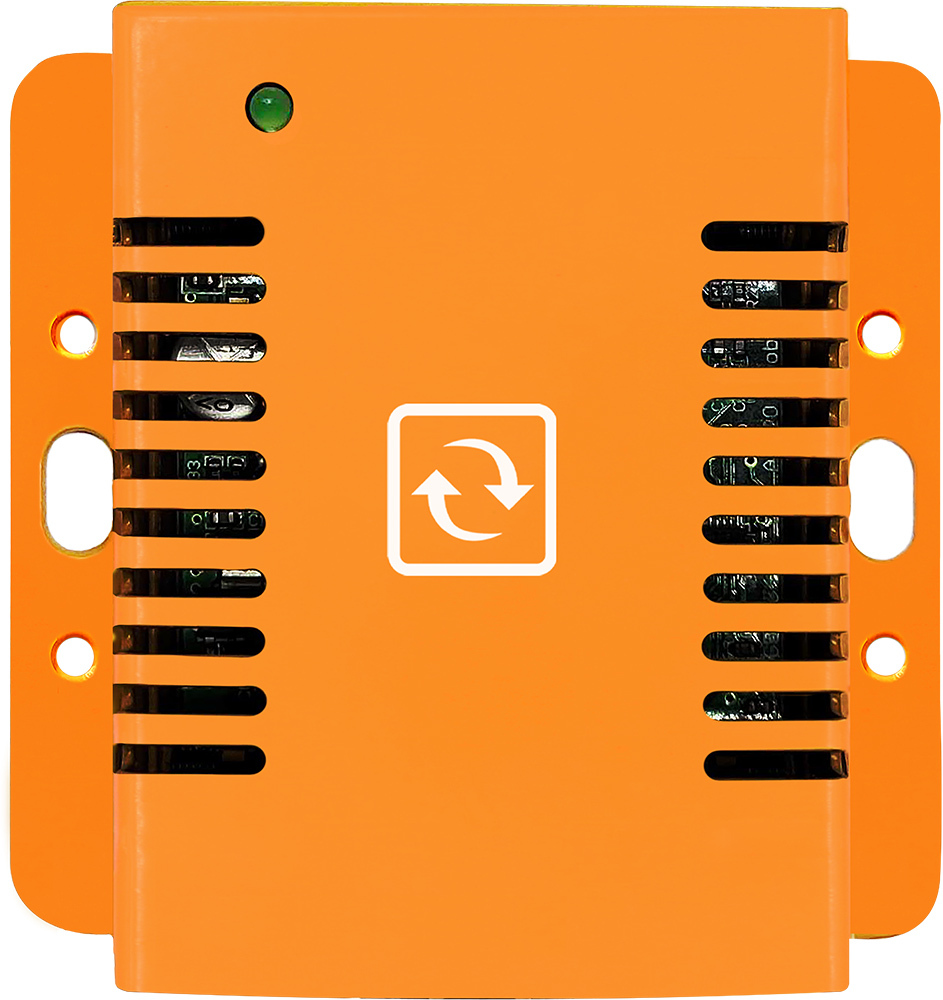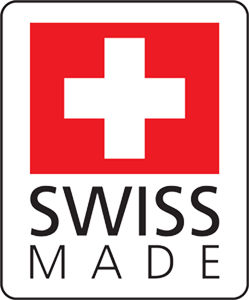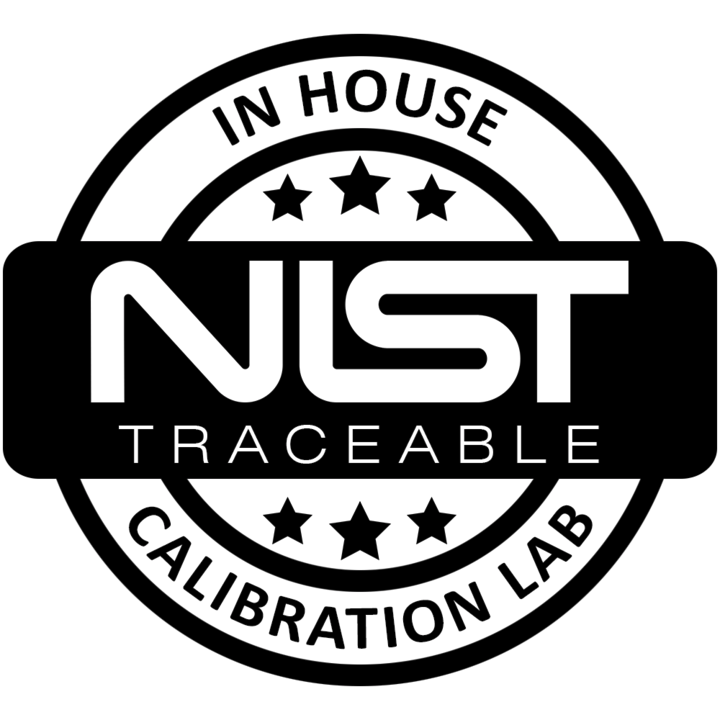Temperature & Humidity Sensor

key sensor features
- measures relative humidity between 10% and 90%.
- with a ±2% accuracy.
- humidity probe made in Switzerland.
- daisy chain version available for up to 20 sensors.
- optional UL 61010 listed version (ENV-THUM-L)
- optional humidity & ISO17025 temperature calibration certificate available.
- compact plug & play sensor.
- designed for indoor use.
- steel enclosure for non-power sensors or non-IP sensors.
- custom color & logo options available.
- industrial grade.
- 0u rack, DIN rail, magnetic or wall mountable sensor.
- plugs into the base unit.
- powered by the base unit (PoE, 12v DC, optionally 24v or -48v)
- alerts via SNMP Traps, email or SMS.
- out of the box integration via Modbus TCP, SNMP.
- optional integration via MQTT for Industrial IoT applications1 .
.
- optional integration via RS-485 enabling direct integration with your own gateway & controllers.2
1Requires BASE-XXX-6
2Some sensors are not available in RS-485 native versions. In that case RS-485 is available using the optional Modbus RTU module.
- with a ±2% accuracy.
- humidity probe made in Switzerland.
- daisy chain version available for up to 20 sensors.
- optional UL 61010 listed version (ENV-THUM-L)
- optional humidity & ISO17025 temperature calibration certificate available.
- compact plug & play sensor.
- designed for indoor use.
- steel enclosure for non-power sensors or non-IP sensors.
- custom color & logo options available.
- industrial grade.
- 0u rack, DIN rail, magnetic or wall mountable sensor.
- plugs into the base unit.
- powered by the base unit (PoE, 12v DC, optionally 24v or -48v)
- alerts via SNMP Traps, email or SMS.
- out of the box integration via Modbus TCP, SNMP.
- optional integration via MQTT for Industrial IoT applications1
 .
.- optional integration via RS-485 enabling direct integration with your own gateway & controllers.2

1Requires BASE-XXX-6
2Some sensors are not available in RS-485 native versions. In that case RS-485 is available using the optional Modbus RTU module.


optional UR61010 (UL Recognized) version (ENV-THUM-L)

Quality. Reliability.
Swiss Made Sensor.

Humidity is underestimated as a threat for your infrastructure. Everyone knows about temperature and its risks, but many are unaware of humidity as another big risk.
To tackle this threat for your equipment, we've designed this reliable, calibratable relative humidity and temperature sensor.
 The humidity component inside the InfraSensing sensor is made in Switzerland. It is tested against several national standards.
The humidity component inside the InfraSensing sensor is made in Switzerland. It is tested against several national standards.
To tackle this threat for your equipment, we've designed this reliable, calibratable relative humidity and temperature sensor.
 The humidity component inside the InfraSensing sensor is made in Switzerland. It is tested against several national standards.
The humidity component inside the InfraSensing sensor is made in Switzerland. It is tested against several national standards.

Daisy Chain Option Available
Need to connect multiple temperature & humidity sensors? A base unit supports up to 8 sensors to be connected with the optional Sensor Hub. If you need more than 8, then our daisy chain version of the sensor allows you to connect up to 20 temperature & humidity sensors to one base unit.
more info on daisy chained sensors
more info on daisy chained sensors


Infectivity and Humidity

While impact of humidity is well known for equipment, its impact on transmission of viruses is lesser known.
While ventilation is key to keep fresh air coming in, one has to consider outdoor humidity levels especially in times like a pandemic or flu season.
Humidity levels below 40% or above 60% will actually increase the infectivity rate of viruses. In other words: it becomes easier for viruses to infect people thanks the humidity levels in the air.
While ventilation is key to keep fresh air coming in, one has to consider outdoor humidity levels especially in times like a pandemic or flu season.
Humidity levels below 40% or above 60% will actually increase the infectivity rate of viruses. In other words: it becomes easier for viruses to infect people thanks the humidity levels in the air.

Sensor Drifting & Calibration.
Although our sensors are factory calibrated, any RH sensor does drift over time.
When used indoor sensors should be calibrated at least once a year. Our in-house lab provides calibration certificates for deployed or new sensors.
When used indoor sensors should be calibrated at least once a year. Our in-house lab provides calibration certificates for deployed or new sensors.


Humidity Tips
For Avoiding Humidity-Related Server Damage.
There are 3 types of humidity and temperature ranges in a data center and as defined by ASHRAE:
- recommended
- allowable
- long exposure
For high availability the recommended range has to be followed. We will focus on the recommended specifications.
Most servers will support non-operating humidity in the range of 90%. Actual operating tolerances are quite a bit lower. While moisture in the air isn't necessarily a problem. "Condensing humidity" is water vapor that turns to actual water droplets. It can short out a server as quickly as if you had squirted it with a water hose.
Too low relative humidity levels allow for the build up of static electricity. This static electricity can result in permanent equipment damage. Simply by just touching the IT equipment and causing an ESD discharge. There are ways to mitigate the risk of ESD. The best practice is to use ESD rated floor tiles. This was shown in a research conducted by the University of Misouri together with ASHRAE. The humidity envelope can be brought down to 8% instead of current 40% lower limit depending on the class of equipment being used. It is expected that ASHRAE will officially revise the humidity ranges shortly. A common practice of wearing ESD shoes has shown little to no effect to fight ESD. The new humidity envelope will allow for open air cooling.
Humidity conditions are directly related to the temperature in the server room. Water vapor begins to condense once the ambient temperature reaches the "dew point." Because temperatures can vary widely during the day and night, your computer room's dew point changes regularly. It means that you can go from normal operations to "meltdown" in a matter of minutes.
It's important implement a 24/7 monitoring system for relative humidity.
One should be aware that any humidity probe loses its accuracy over time while maintaining precision. This is due to the fact that such sensors breathe air. They come in contact with contaminants and pollutants that will affect the sensors' accuracy. You need to calibrate your sensor at least once per year when used indoor. InfraSensing's lab can provide you with the certification in order to ensure that you have a calibrated humidity sensor that complies to NIST traceability requirements.
- recommended
- allowable
- long exposure
For high availability the recommended range has to be followed. We will focus on the recommended specifications.
Most servers will support non-operating humidity in the range of 90%. Actual operating tolerances are quite a bit lower. While moisture in the air isn't necessarily a problem. "Condensing humidity" is water vapor that turns to actual water droplets. It can short out a server as quickly as if you had squirted it with a water hose.
Too low relative humidity levels allow for the build up of static electricity. This static electricity can result in permanent equipment damage. Simply by just touching the IT equipment and causing an ESD discharge. There are ways to mitigate the risk of ESD. The best practice is to use ESD rated floor tiles. This was shown in a research conducted by the University of Misouri together with ASHRAE. The humidity envelope can be brought down to 8% instead of current 40% lower limit depending on the class of equipment being used. It is expected that ASHRAE will officially revise the humidity ranges shortly. A common practice of wearing ESD shoes has shown little to no effect to fight ESD. The new humidity envelope will allow for open air cooling.
Humidity conditions are directly related to the temperature in the server room. Water vapor begins to condense once the ambient temperature reaches the "dew point." Because temperatures can vary widely during the day and night, your computer room's dew point changes regularly. It means that you can go from normal operations to "meltdown" in a matter of minutes.
It's important implement a 24/7 monitoring system for relative humidity.
One should be aware that any humidity probe loses its accuracy over time while maintaining precision. This is due to the fact that such sensors breathe air. They come in contact with contaminants and pollutants that will affect the sensors' accuracy. You need to calibrate your sensor at least once per year when used indoor. InfraSensing's lab can provide you with the certification in order to ensure that you have a calibrated humidity sensor that complies to NIST traceability requirements.

Selecting a humidity sensor.
There are different humidity sensors on the market. Understanding the differences is important when chosing the right sensor for your application. Selection criteria are:
Precision is fundamentally different from accuracy. "The precision of a measurement system, related to reproducibility and repeatability, is the degree to which repeated measurements under unchanged conditions show the same results." Very few vendors will give you any information regarding precision although this is very important. Testing precision requires scientific instrumentation. At InfraSensing we created a lab with certified climate chambers that reproduce specific conditions. By maintaining such conditions we are able to test the precision of a sensor and issue a certificate for it. Almost no other vendor has that capability. At best they refer you to a 3rd party lab.
 Precision is the repeatability, or reproducibility of the measurement. It is not because you have a precise equipment that it is accuracte. Accuracy is the proximity of measurement results to the true value. In the image you can see that the readings have a good accuracy but they fail on precision. They are off compared to the trueness or true value. What is the true value?
Precision is the repeatability, or reproducibility of the measurement. It is not because you have a precise equipment that it is accuracte. Accuracy is the proximity of measurement results to the true value. In the image you can see that the readings have a good accuracy but they fail on precision. They are off compared to the trueness or true value. What is the true value?
The true value is maintained by international standards organizations. In the US, they are maintained by the National Institute of Standards and Technology or more commonly known as the NIST. The Thermodynamic Metrology Group is responsible for the US national standards in respect to humidity. We verify sensors in our lab to the set standards by following an unbroken chain of documentation and incorporating the uncertainties. By using ISO certified and NIST traceable instrumentation we ensure that our tests are not only performed for precision but also for accuracy. How close are the sensor readings to the true value considering factored uncertainty. This is what InfraSensing can provide you though our lab.
Resolution is the smallest change in a measured value it can detect. Resolution is not precision nor is it accuracy. It is the granularity at which changing readings can be detected. Another name for sensor resolution is its sensivity. Our temperature and humidity sensors have a sensitivity of 0.1% relative humidity. This means that if the observed humidity changes for more than 0.1% then it will be detected and returned.
Unlike InfraSensing's sensors, most digital relative humidity sensors are not calibratable. When they lose accuracy, then you will be forced to purchase a new sensor without even knowing if that sensor is accurate. If accurate humidity measurement is key to your project, then make sure you got a calibrated sensor (with certificate). To keep your investment low opt for a vendor, like ServersCheck, that is able to calibrate its sensors so that you don't have to purchase new ones. At ServersCheck we also have a trade-in program: every year we ship you a newly calibrated sensor so that you are always accurate and precise.
The humidity range for allowable ranges is defined in relative humidity percentage. However for high availability configurations, one should monitor the dew point and not the relative humidity. The dew point temperature range is 5.5°C to 60% rH and 15°C. In the allowable range, the maximum temperature for dew point is 17°C.
- Precision
- Accuracy
- Resolution
- Calibratability
- Dew point measurement
Precision is fundamentally different from accuracy. "The precision of a measurement system, related to reproducibility and repeatability, is the degree to which repeated measurements under unchanged conditions show the same results." Very few vendors will give you any information regarding precision although this is very important. Testing precision requires scientific instrumentation. At InfraSensing we created a lab with certified climate chambers that reproduce specific conditions. By maintaining such conditions we are able to test the precision of a sensor and issue a certificate for it. Almost no other vendor has that capability. At best they refer you to a 3rd party lab.
 Precision is the repeatability, or reproducibility of the measurement. It is not because you have a precise equipment that it is accuracte. Accuracy is the proximity of measurement results to the true value. In the image you can see that the readings have a good accuracy but they fail on precision. They are off compared to the trueness or true value. What is the true value?
Precision is the repeatability, or reproducibility of the measurement. It is not because you have a precise equipment that it is accuracte. Accuracy is the proximity of measurement results to the true value. In the image you can see that the readings have a good accuracy but they fail on precision. They are off compared to the trueness or true value. What is the true value?
The true value is maintained by international standards organizations. In the US, they are maintained by the National Institute of Standards and Technology or more commonly known as the NIST. The Thermodynamic Metrology Group is responsible for the US national standards in respect to humidity. We verify sensors in our lab to the set standards by following an unbroken chain of documentation and incorporating the uncertainties. By using ISO certified and NIST traceable instrumentation we ensure that our tests are not only performed for precision but also for accuracy. How close are the sensor readings to the true value considering factored uncertainty. This is what InfraSensing can provide you though our lab.
Resolution is the smallest change in a measured value it can detect. Resolution is not precision nor is it accuracy. It is the granularity at which changing readings can be detected. Another name for sensor resolution is its sensivity. Our temperature and humidity sensors have a sensitivity of 0.1% relative humidity. This means that if the observed humidity changes for more than 0.1% then it will be detected and returned.
Unlike InfraSensing's sensors, most digital relative humidity sensors are not calibratable. When they lose accuracy, then you will be forced to purchase a new sensor without even knowing if that sensor is accurate. If accurate humidity measurement is key to your project, then make sure you got a calibrated sensor (with certificate). To keep your investment low opt for a vendor, like ServersCheck, that is able to calibrate its sensors so that you don't have to purchase new ones. At ServersCheck we also have a trade-in program: every year we ship you a newly calibrated sensor so that you are always accurate and precise.
The humidity range for allowable ranges is defined in relative humidity percentage. However for high availability configurations, one should monitor the dew point and not the relative humidity. The dew point temperature range is 5.5°C to 60% rH and 15°C. In the allowable range, the maximum temperature for dew point is 17°C.







